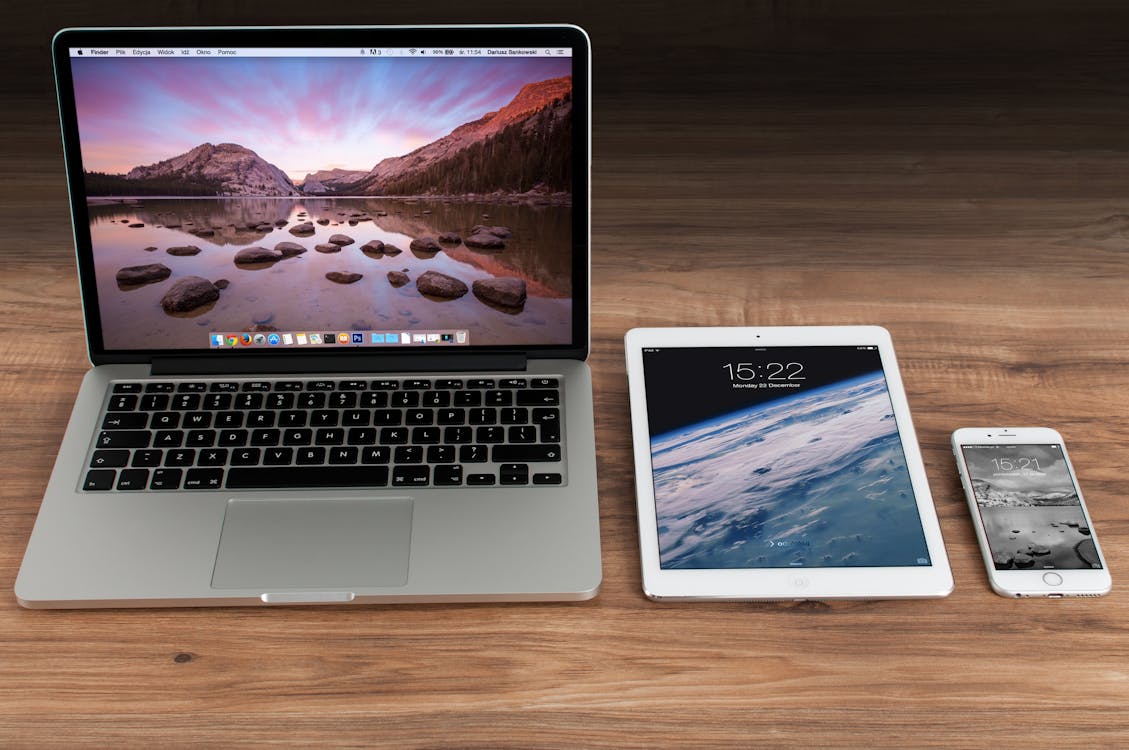Mobile Screens and Their Types
An Overview
The screen of a mobile device is one of its
most important components as it is the main interface between the user and the
device. Over the years, the screens on mobile devices have improved
dramatically in terms of size, resolution, and technology. In this blog, we
will explore the different types of mobile screens and their features.
TFT (Thin Film Transistor)
TFT screens are the most basic type of mobile
screens. They are cheap and provide good image quality, but they have a slow
response time and limited viewing angles. TFT screens are not commonly used in
high-end mobile devices.
IPS (In-Plane Switching)
IPS screens are a type of LCD screen that
provides better viewing angles and accurate color reproduction compared to TFT
screens. They are commonly used in high-end smartphones and tablets.
AMOLED (Active Matrix Organic Light-Emitting
Diode)
AMOLED screens are a type of OLED screen that
provides deep blacks, high contrast, and vivid colors. The individual pixels in
an AMOLED screen can be turned off, resulting in deep blacks and a high
contrast ratio. This technology is commonly used in high-end smartphones and
tablets.
Super AMOLED
Super AMOLED is a type of AMOLED screen that
incorporates an additional layer on top of the traditional AMOLED screen, which
helps to improve the brightness, color accuracy, and outdoor visibility of the
screen. This technology is commonly used in high-end Samsung smartphones.
OLED (Organic Light-Emitting Diode)
OLED screens are a type of screen that provides
deep blacks, high contrast, and vivid colors. Unlike AMOLED screens, OLED
screens do not require a backlight as the individual pixels emit light. This
technology is commonly used in high-end smartphones and tablets.
LCD (Liquid Crystal Display)
LCD screens are a type of screen that uses a
backlight to illuminate the pixels. They are commonly used in mid-range to
high-end smartphones and tablets.
In conclusion, the type of screen you choose
for your mobile device will largely depend on your personal preferences and the
intended use of the device. If you want a screen that provides deep blacks,
high contrast, and vivid colors, an AMOLED or OLED screen may be the best
choice. If you want a screen that provides good image quality and accurate
color reproduction, an IPS screen may be a better choice. Regardless of the
type of screen you choose, it's important to select a device with a screen that
meets your needs and budget.
is a mobile screen and a computer screen are same
technology?
No, mobile screens and computer screens are not the same technology. Mobile screens are typically smaller in size and use a different type of display technology, such as OLED or AMOLED, to save power and reduce the device's weight. On the other hand, computer screens, such as monitors, typically use LCD technology, which is larger and requires more power. However, there is some overlap in the technologies used in mobile screens and computer screens, as both can use LCD or OLED displays. The key difference is the size and power requirements of the screens.
What are LCD and OLED technology?
LCD (Liquid Crystal Display) and OLED (Organic
Light Emitting Diode) are two different types of display technology used in
electronic devices such as computers, televisions, and mobile phones.
LCD technology uses a backlight behind a panel of liquid crystals to create an
image. The backlight is either a CCFL (cold cathode fluorescent lamp) or LED
(light emitting diode), and it shines through the liquid crystals, which are
arranged in a pattern to form the image. The crystals block or pass the light
to produce the image.
OLED technology, on the other hand, uses organic materials that emit light when an
electrical current is applied to them. Each pixel in an OLED display is a tiny
light-emitting diode that can be turned on or off independently, creating an
image. This allows for higher contrast and more vibrant colors compared to LCD
displays, as well as the ability to display deep blacks by turning off
individual pixels.
In summary, LCD technology uses a backlight and
liquid crystals to create an image, while OLED technology uses organic
materials that emit light when an electrical current is applied.









0 Comments